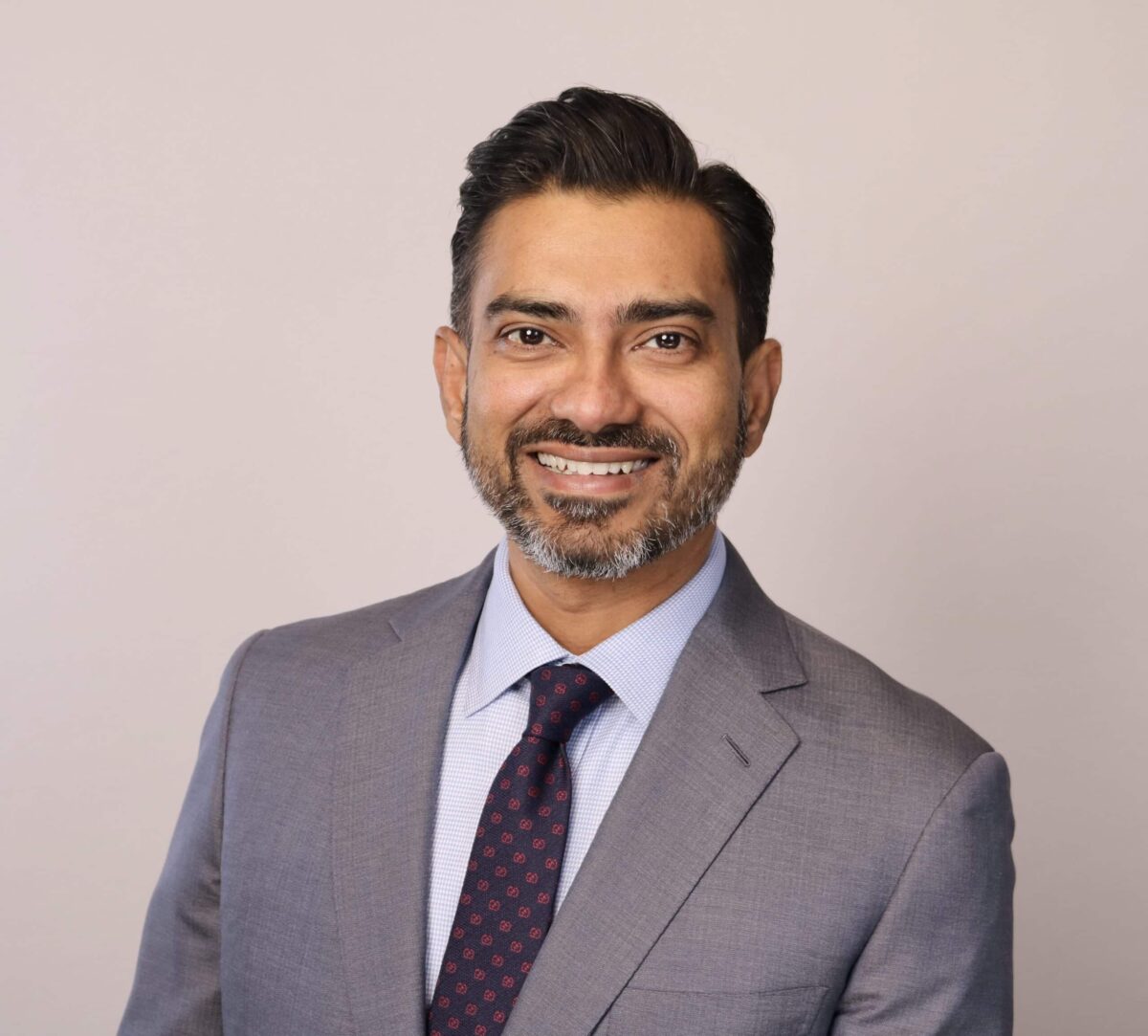For over two decades, I’ve had the privilege of working closely with inspiring leaders in distribution businesses across North America. Many of these are century-old companies—multi-generational legacies built on grit, values, and community. Whether it’s HVAC, industrial supplies, plumbing, electrical, or jan-san, one pattern echoes through them all: the deeply human challenge of succession planning.
It’s a topic that evokes pride and pain in equal measure.
I’ve sat at kitchen tables, walked fairways and broken bread alike with G2s and G3s—the second and third-generation leaders—trying to map out a future. Some are eager to take the reins. Others are honest enough to say, “This isn’t for me.” And many owners, especially those approaching retirement, wrestle with one question: What happens to the business after me?
Succession Isn’t a Single Answer
There is no one-size-fits-all playbook. But there are several viable paths that owners in distribution can consider:
- Family Succession
- Best when next-gen leaders are willing and capable
- Requires mentorship, role clarity, and often, an emotional letting go by the founder
- Works best with a clear governance structure
- ESOP (Employee Stock Ownership Plan)
- Ideal for owners who want to preserve culture and reward employees
- ESOPs work well in profitable, cash-flowing companies
- Offers tax advantages and a path for gradual exit without selling to outsiders
- Private Equity Sale
- Best when scale is achieved and there’s interest in accelerated growth or liquidity
- PE can bring professional management, capital, and technology
- Requires owners to align on growth expectations and cultural integration
- Strategic Acquisition or Merger
- Often driven by competitive pressures or market consolidation
- Can offer geographic expansion or vertical integration
- Demands careful integration planning to protect customer relationships
- Professional Management with Ownership Retention
- Ideal when the next generation isn’t interested in running the business but wants to keep ownership
- Allows for continuity with professional operators while keeping equity in the family
The Process Matters as Much as the Outcome
Succession planning isn’t just about choosing a path—it’s about being intentional in the journey:
- Start Early. It takes years to build trust, groom talent, or structure the right deal.
- Open the Dialogue. Have honest conversations—at the dinner table and the board table.
- Get Expert Guidance. Advisors, attorneys, and trusted partners can help clarify options.
- Prioritize People. Whether it’s employees, customers, or family—succession affects them all.
One of the best examples of a successful non-family succession is Microsoft’s transition from Bill Gates and Steve Ballmer to Satya Nadella. That shift wasn’t just about appointing a new CEO—it was about cultural renewal, technological reinvention, and long-term strategy. Distributors, too, can embrace this mindset—whether they’re family-owned or professionally led.
What’s Next?
At Unilog, we’ve been in the trenches with distributors during these pivotal transitions—whether advising on digital transformation or supporting growth plan with the right technology infrastructure.
We’ll be hosting a webinar in the near future focused entirely on Succession Planning in the Distribution Industry—featuring stories, frameworks, and perspectives from owners who’ve walked this path. We hope you will join us.
Succession is never just a business decision. It’s a legacy decision.
And when done well, it doesn’t just preserve the past—it empowers the future.

